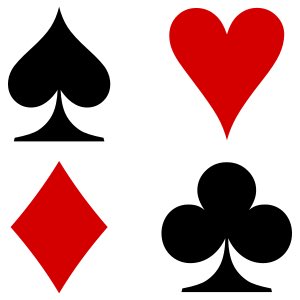Red Card

Two players are playing a game. The first player shuffles 52 cards
(26 red cards and 26 black cards) and turns them over one by one. At
each stage, before the card is turned over, the second player can say
"stop". In this case, the game ends and if the color of the next card
that will be turned over is red, the second player wins; Otherwise, he
loses. Also, If the second player doesn’t say stop before the last card
is turned over, he loses. What is the best strategy for the second
player to maximize his chances of winning?
Source of the question: “Conversational Problem Solving" written by
Richard P. Stanley.
The maximum probability of winning is 0.5. If we slightly change the
game so that if the second player never says "stop", the color of the
last card is the determining factor, then the minimum probability of
winning is also 0.5, and regardless of the strategy, the chance of
winning is always 0.5.
Due to the symmetry between the remaining cards, the probability of the
next card being red is the same as the probability of the last card
being red. Therefore, the winning probability of a strategy in the
original game is the same as the winning probability of the same
strategy in the modified game: the cards are turned over one by one, and
whenever the second player says "stop!", the color of the last card is
verified and if it is red, the second player wins, otherwise the first
player wins.
In this modified game, because the color of the last card is black in 50% of the permutations of the 52 cards, then in 50% of the games, there is no strategy that can win and the maximum probability of winning is 0.5.
If a strategy wants to minimize the probability of winning, it must maximize the probability of the next card being black after saying "stop!". According to a similar argument, the maximum winning probability of this case is also 0.5. Therefore, the minimum probability of winning is also 0.5.